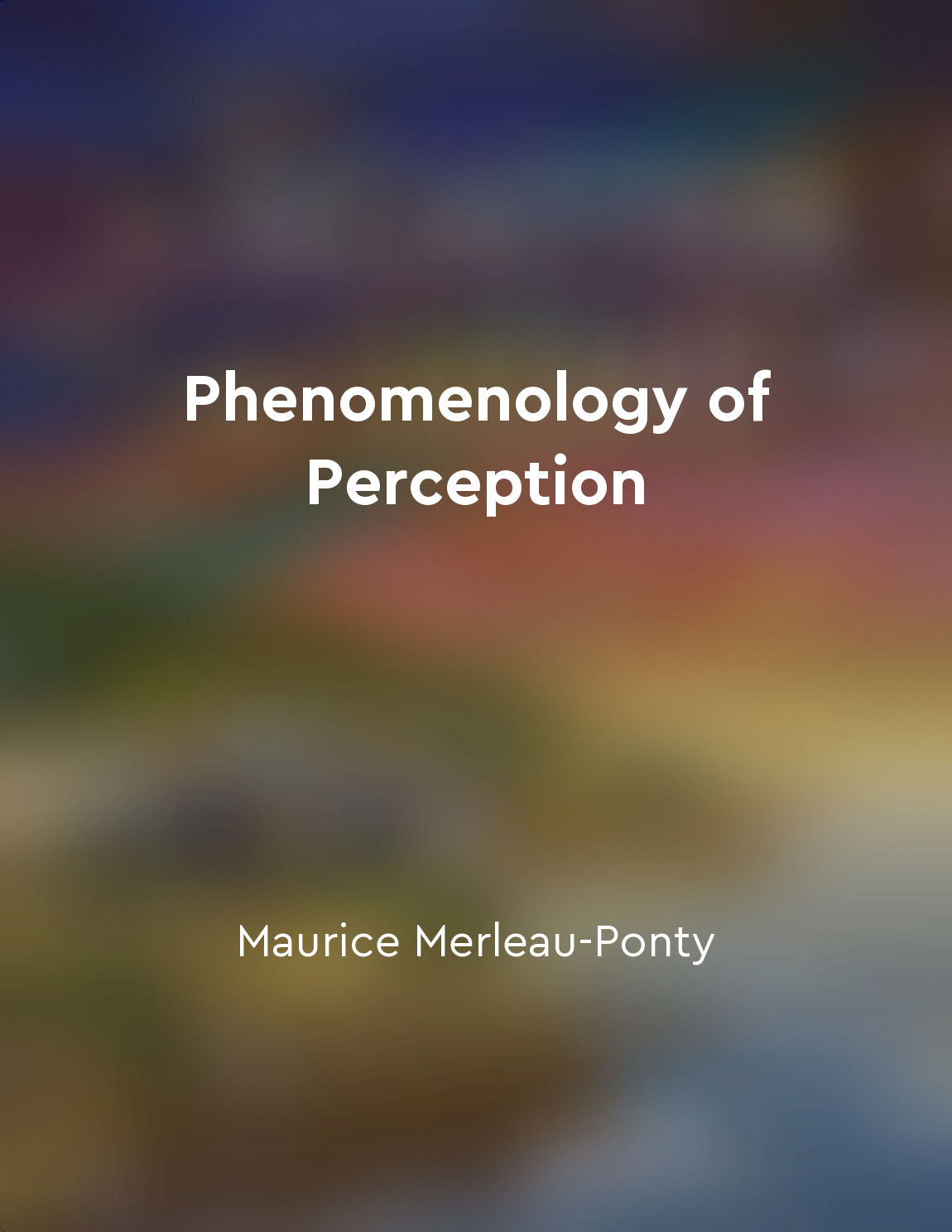Audio available in app
Ongoing research aims to unravel consciousness's mysteries and its implications for human cognition from "summary" of The Cognitive Neuroscience of Consciousness by Stanislas Dehaene
Consciousness remains one of the most enigmatic facets of human existence. It encompasses awareness, perception, and the subjective experience of being. Researchers are delving into its underlying mechanisms, seeking to decode how neural processes give rise to conscious thought. This exploration not only seeks to identify the brain regions and networks involved but also examines the flow of information and the nature of awareness itself. The distinction between conscious and unconscious processes is pivotal. While many cognitive functions operate below the threshold of awareness, certain stimuli can elevate to the level of consciousness, altering perception and decision-making. Understanding these transitions sheds light on cognitive functions such as attention, memory, and self-recognition. The interplay between these processes forms the bedrock of cognitive neuroscience. Investigations into consciousness also touch upon its evolutionary significance. By examining how consciousness may have developed across species, researchers can infer its role in survival and social interactions. This evolutionary perspective offers insights into the cognitive abilities that enhance adaptability and problem-solving. Neuroscientific techniques, including brain imaging and electrophysiological recordings, provide critical data, revealing how specific patterns of neural activity correspond with conscious experience. These methodologies enable the identification of the neural correlates of consciousness, highlighting the complexity of the brain's architecture. As the boundaries between conscious and unconscious cognition blur, the implications for understanding human behavior and decision-making become profound. The ongoing quest to elucidate these intricate relationships promises to reshape our understanding of the mind, influencing fields ranging from psychology to artificial intelligence. Each discovery contributes to a broader comprehension of what it means to be conscious and the fundamental nature of human cognition.Similar Posts

Perception is a lived and embodied practice
Perception is not a passive process that occurs solely in the mind; rather, it is deeply intertwined with our lived experiences...
Positive selftalk can reshape neural connections for success
Positive self-talk has the power to reshape the neural connections in your brain. When you engage in positive self-talk, you ar...
Mental dispositions are not hidden qualities
According to Gilbert Ryle, mental dispositions are not hidden qualities that lie beneath the surface of our actions. Instead, t...

Transhumanism blurs the line between man and machine
Transhumanism is a movement that aims to use technology to enhance human abilities far beyond what is currently possible. One o...
Purposes are not mental blueprints
Purposes are not mental blueprints. It is a common misconception that when we have a purpose in mind, we are essentially follow...
Consciousness is not a mysterious force
The idea that consciousness is a mysterious force separate from physical processes has long been a prevailing belief. This view...
Ego's illusion exposed
The ego, that persistent sense of self that we carry around with us, is a trickster. It makes us believe that we are separate, ...
Unpacking the nature of suffering
The process of unpacking the nature of suffering involves delving deep into the various layers and dimensions of human experien...
